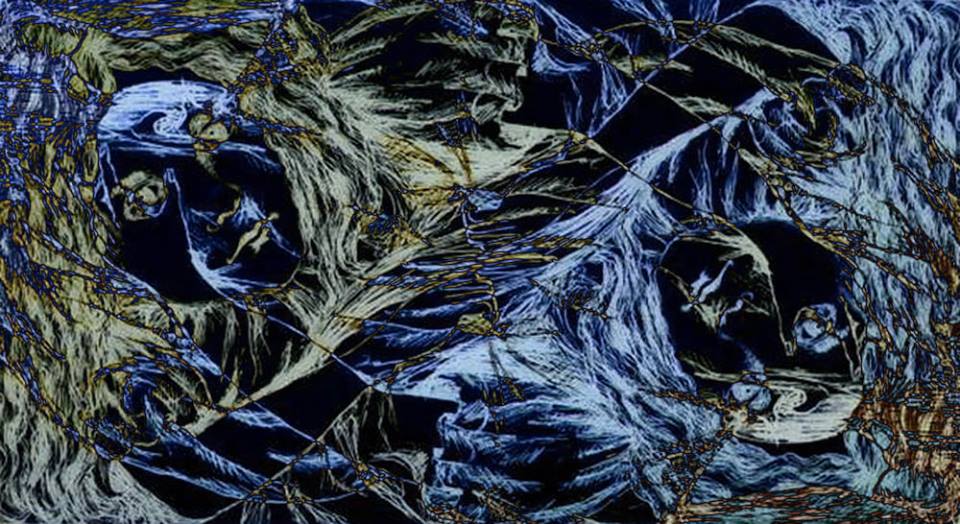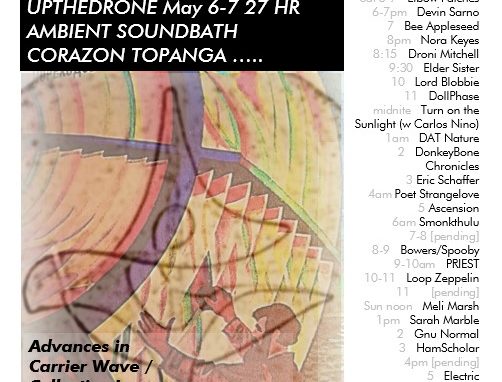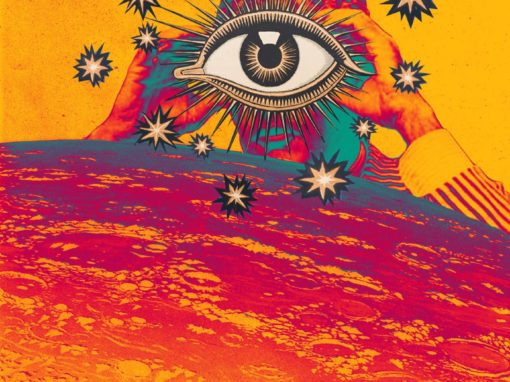Posting this paper in the context of a few things: the popularity of the Soil4Carbon group on FB, uniting Global Warming activists with ranchers worried about #Cowspiracy and all those Bovine Ruminant Haters out there.
Allan Savory has emerged as one of the chief exponents of free-ranging cattle as positive and necessary for soil-building, carbon and water retention. (Meat-eaters also feel redeemed.)
Also the author Makarieva, co-developer of #BioticPump — is a true inheritor, along with her recently passed mentor Victor Gorshkov, of Vernadsky in Russia – the “God” of Bio-GeoSphere Research, the guy who coined the terms “Biosphere” and “Noosphere”.
Gorshkov&Makarieva developed an analysis that departs from Lovelock&Margulis Gaia Theory in some key ways. Their output has been visible at bioticregulation.ru for years now, and some of their work is finally starting to accrue some cred in the West.
Abstract
Principles of stable ecosystem organization are considered together with the role of abundant space, matter and energy in its maintenance. Life features the dichotomy of immotile organisms like plants, fungi, bacteria, on the one hand, versus organisms capable of active locomotion (animals) on the other. The immotile life can form a continuous live cover on the Earth’s surface. Since all available space is occupied, the immotile life does not experience an affluence of matter, energy and space itself. It turns out that this lack of abundance permits organization, on the basis of immotile organisms, of a stable ecosystem with a steady biomass. This live biomass comprises time-invariable genetic information about how to keep the environment in a stable state by controlling the degree of openness of nutrient cycles. Crucially, depending on their body size, energy and matter consumption by large animals exceed the area-specific fluxes of net primary production and its consumption in the immotile ecosystem by up to three orders of magnitude. The implication is that the herbivorous animals can meet their energy demands if and only if they move and destroy the live biomass of the immotile ecosystem. In consequence, if the immotile heterotrophs are replaced by locomotive heterotrophs, the ecosystem biomass experiences huge fluctuations and the ecosystem loses its capacity to maintain its favorable environment. From available theoretical and empirical evidence we conclude that life’s organization remains stable if the share of energy consumption by large animals is strictly limited, not exceeding in its order of magnitude one percent of ecosystem net primary production.
Gorshkov V.G., Makarieva A.M. (2020) Key ecological parameters of immotile versus locomotive life. Russian Journal of Ecosystem Ecology, 5(1).

Also see these related Neelu posts:




